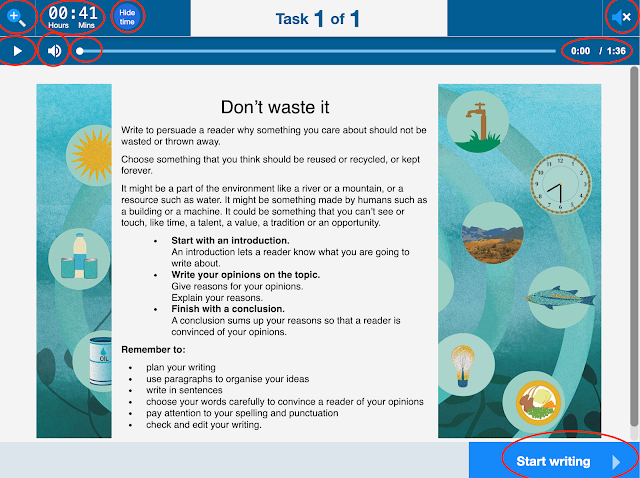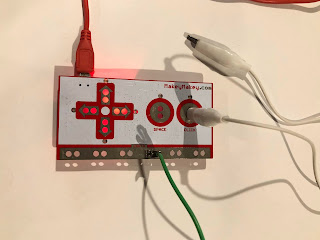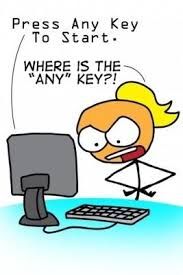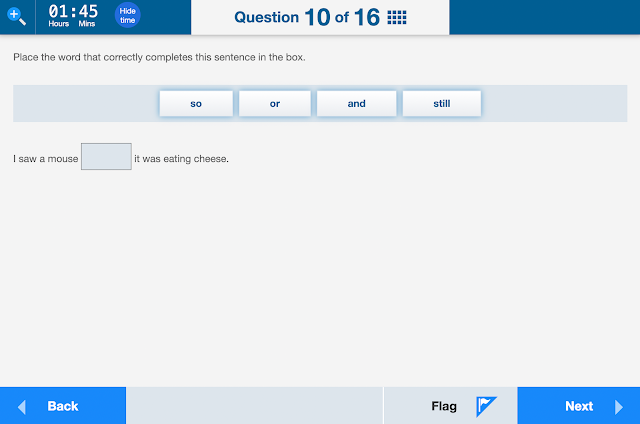Rockin' the Rock Cycle
How do you make the Rock Cycle Interesting?
I love geology, I think it is amazing the problem is not many people do. Making the rock cycle interesting without a field trip to Uluru or the Blue Mountains is even more difficult.I based my lesson on a YouTube I found by Chad Ackerson. He explains the rock cycle beautifully as he demonstrates the lesson. During my lesson I played the YouTube and pressed pause at each stage of the cycle.
Goal: Investigate the Rock Cycle.
Prelearning: 1 lessons
- Research different types of rocks
Preparation
- You will need to cut up 4 lollies into 9 pieces each for the teacher prior to the lesson.
- Melt 18 of the pieces prior to the lesson so it has time to cool.
- Keep 18 pieces for the lesson
Materials/Resources
3 packets of star burst lollies (2 lollies per student + 4 for the teacher)
Groups of 2
Baking Paper - one piece per student
Baking Paper - one piece per student
4 coloured pencils
Washed scissors.
Washed hands
Worksheet - one per student
Worksheet Solution - teacher
Worksheet Solution - teacher
NSW Outcomes:
- ST21VA shows interest in and enthusiasm for science and technology, responding to their curiosity, questions and perceived needs, wants and opportunities
- develop interest and positive, informed values and attitudes towards science and technology
- recognise the importance and relevance of science and technology in their lives now and for their future
- ST24WS investigates their questions and predictions by analysing collected data, suggesting explanations for their findings, and communicating and reflecting on the processes undertaken
- develop knowledge, understanding of and skills in applying the processes of Working Scientifically
- ST2-8ES describes some observable changes over time on the Earth’s surface that result from natural processes and human activity
- describe some changes in the landscape that have occurred over time as a result of natural processes, eg erosion by wind and water
Australian Curriculum Outcomes
- Earth’s surface changes over time as a result of natural processes and human activity(ACSSU075)
- With guidance, identify questions in familiar contexts that can be investigated scientifically and make predictions based on prior knowledge(ACSIS064)
- Represent and communicate observations, ideas and findings using formal and informal representations (ACSIS071)
Lesson
- I gave 4 lollies (one of each colour) to each group of 2. I asked students to cut the lollies into 9 pieces.Divide the lollies into 2 equal groups so each student has 18 pieces of "sediment" of different colours.
- When distributing the lollies I kept 4 lollies for me. I did 2 versions (one of these could be prepared earlier to demonstrate a cool "igneous" rock)
- Students should predict what will happen at each stage of the lesson, prior to watching the video. The video may not be required by all classes. I used it to benefit students with audio and visual processing disorders as some students require additional support to follow instructions.
- At each stage of the rock cycle, I stopped the video we discussed what what we saw, the process and repeated the activity with lollies. Then drew it on the worksheet.
- At each stage we discussed what needed to happen to change to the next stage of the cycle and wrote the answers on the work sheet.
- To melt the lollies for the magma/lava I took the class to the staff room and I melted my lollies in the microwave for about 40secs. You could use a school kitchen or an open flame as in the video. I used baking paper not foil.
- The students did not melt theirs. I let them eat it once we had finished the worksheet.









Comments
Post a Comment